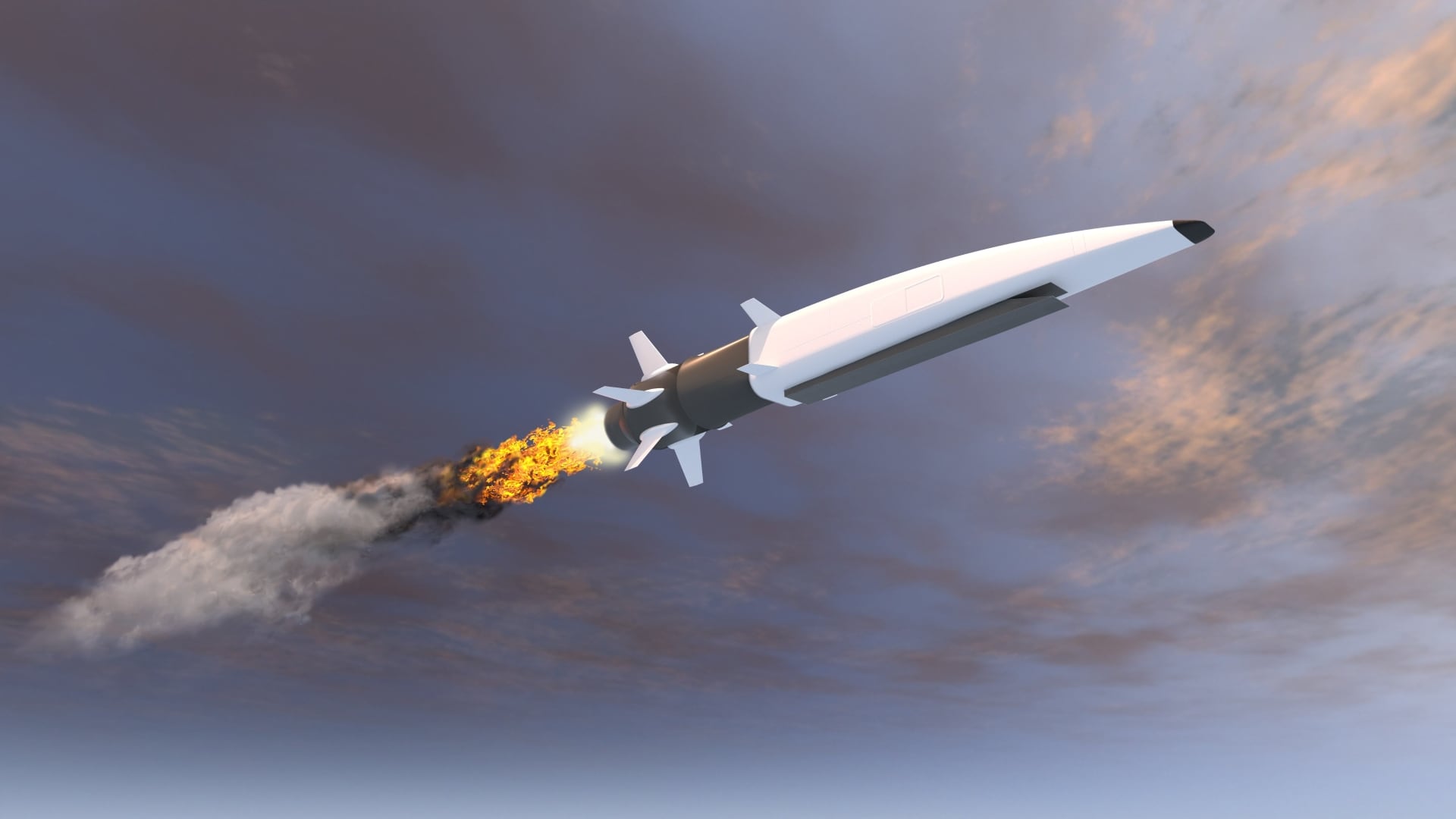Army researchers say new techniques in the lab are helping them to improve communications between rotary aircraft and saving money in the bargain.
The lab has been investigating the Improved Data Modem, or IDM, which enables the sending of digital messages between modernized, rotary-wing aircraft. Since implementing new simulation techniques, the lab has saved the program roughly $4.5 million through early detection of potential problems.
"In the past you didn't test true interoperability until it was already on the aircraft, and by then the development was already over," said Scott Dennis, director of the aviation systems integration facility at the U.S. Army Aviation and Missile Research, Development and Engineering Center (AMRDEC).
The new techniques allow for earlier identification and remediation of problems.
For example, in 2015 AMRDEC's Systems Interoperability Lab (SIL) identified three defects in IDM's version 9.2.1.1 operational flight program. By noting the defects early on, rather than further along in the platform integration process, researchers say they were able to apply a prompt and inexpensive fix.
During the IDM program's two decades of operation, testing and evaluation typically has been limited to tightly scripted scenarios. "We were testing it in a very well-defined environment with a well-defined script – and war is not like that," Dennis said.
Improved computing capabilities lately have allowed researchers to open up their testing by putting systems through their paces in virtual, simulated environments, rather than having to conduct investigations using actual aircraft.
"We are now starting to develop scenarios where we don't control all the commands," Dennis said. "It means we are able [to test] with a very high level of tactical realism."
The IDM is fielded on every modernized, rotary-wing Army aircraft, including the CH-47 Chinook, AH-64 Apache and UH-60 Black Hawk. Observers say the system has earned its stripes throughout its years in the field.
"This is a very effective [way] to increase their situational awareness," said Mitch Garner, program manager at Extant Aerospace, a Florida company that manufactures one of several versions of the IDM hardware. "It reduces their workload, makes them more efficient and helps them fly the aircraft."
At the same time, the technical complexity of the system creates the need for ongoing testing and evaluation. In real-world operations, IDM has to send and receive digital messages across multiple products across diverse networks, operating on a range of different aircraft platforms, driven by at least 11 software variations, three hardware variances and four guiding documents.
At the same time, changes to the technology mean that some element of the system is almost always being traded out for something new.
"When you have a capability where things change every two years, and you have to integrate that capability into multiple aircraft every two years, you need effective research techniques," Dennis said.
In fact, the lab finds items for remediation on a fairly regular basis, and the nature of those glitches spans a broad range.
The defects in IDM version 9.2.1.1, for example, related to a command that should have requested that a user acknowledge receipt of a message. That request wasn't being sent. In another instance, researchers noted an error in the function that should have implemented a distress signal.
"If you put it in a real network interacting with a real tactical system on the other side that was supposed to receive your mayday command – it didn't work," Dennis said. "It worked in the supplier's lab, but they don't have the luxury of using the real networks, using real radios to replicate the tactical environment."
Beyond the lab's ability to simulate such scenarios, the SIL also has the advantage of perspective.
Within the IDM end-user community, "it's hard for any one person to understand the totality of this complex environment," Dennis said. "There are a lot of systems managed by many different program managers across many different PEOs, from many different industry suppliers."
Standing outside the end-user community, he said, the lab has the benefit of a broader view.








